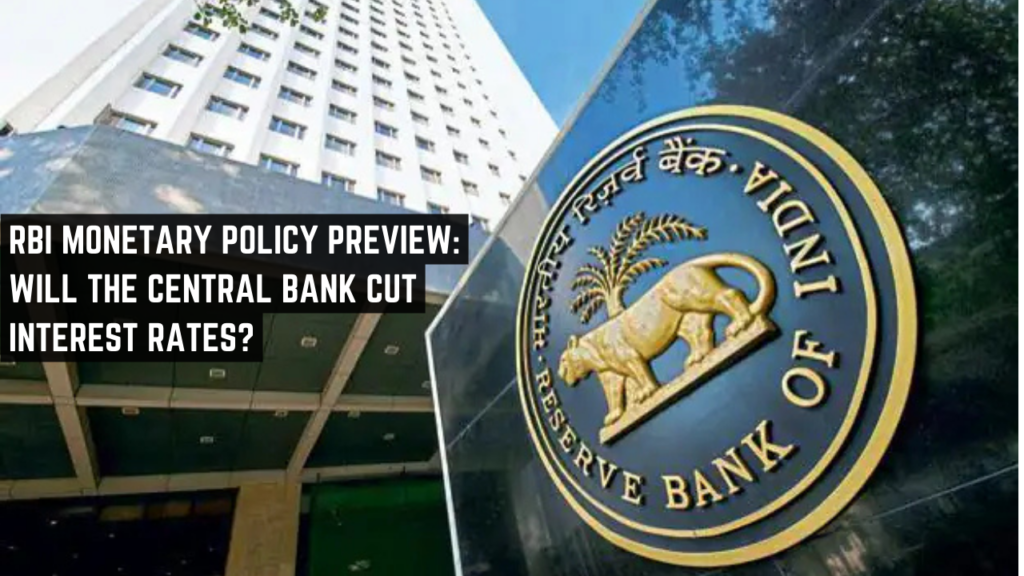The Reserve Bank of India (RBI) has announced a repo rate cut of 25 basis points, bringing it down to 6.25%. This move marks the first rate cut in nearly five years and is aimed at boosting economic growth amid slowing corporate investments and moderate inflation. But what does this mean for the stock market, particularly banking stocks? Let’s analyze the impact.
How a Repo Rate Cut Affects Banking Stocks
A reduction in the repo rate directly influences the banking sector in several ways:
1. Lower Cost of Borrowing for Banks
Banks borrow funds from the RBI at the repo rate. A lower rate reduces their borrowing costs, which can improve their Net Interest Margins (NIMs) if lending rates remain stable.
2. Increase in Loan Demand
With interest rates falling, businesses and consumers are more likely to take loans, leading to higher credit growth. This can benefit banking stocks as an increase in loan disbursals results in higher earnings for banks.
3. Liquidity Boost for the Economy
A lower repo rate encourages capital inflows into the financial system, which may lead to a rally in banking and financial stocks. Investors often shift funds into equity markets due to better returns compared to fixed-income instruments when interest rates fall.
4. Impact on Deposit Rates and NIMs
Banks may reduce deposit rates in response to the repo rate cut. While this lowers their cost of funds, it could also discourage depositors from keeping money in banks, opting for other investment options instead. The final impact on bank profitability depends on how effectively banks balance lending and deposit rates.

Stock Market Reaction to RBI’s Repo Rate Cut
Historically, rate cuts have been positive for banking stocks, especially for lenders with high loan growth. Large-cap banks such as HDFC Bank, ICICI Bank, and SBI tend to benefit the most due to their diversified loan portfolios. On the other hand, NBFCs (Non-Banking Financial Companies) also gain as they rely on borrowing from banks, which becomes cheaper post a rate cut.
However, if the rate cut is due to economic distress, investors may remain cautious. If credit demand doesn’t pick up and NPAs (Non-Performing Assets) rise, banking stocks could see mixed reactions.
Why Did RBI Cut the Repo Rate?
The RBI’s decision comes amid slower economic growth and easing inflation:
- India’s GDP growth has been projected at 6.4% for FY25, slightly lower than previous expectations.
- Inflation dropped to 5.22% in December, creating room for monetary easing.
- Global economic trends and policy shifts by central banks worldwide also influenced the RBI’s stance.
Conclusion: Is It Time to Invest in Banking Stocks?
The RBI’s repo rate cut is generally bullish for banking and financial stocks, but investors should monitor key factors like credit growth, asset quality, and global market trends. If banks effectively pass on the benefits of lower rates to borrowers while maintaining healthy margins, banking stocks could see a strong upside.
As always, a well-diversified approach and tracking market sentiment are crucial before making any investment decisions.
What’s Next?
- Will RBI implement further rate cuts if economic conditions require more stimulus?
- How will banks adjust their lending and deposit rates in response to this cut?
- Will the stock market rally or remain cautious amid global uncertainties?
Keep an eye on these factors as they shape India’s financial landscape in the coming months!
Also visit : RBI Monetary Policy Preview.
